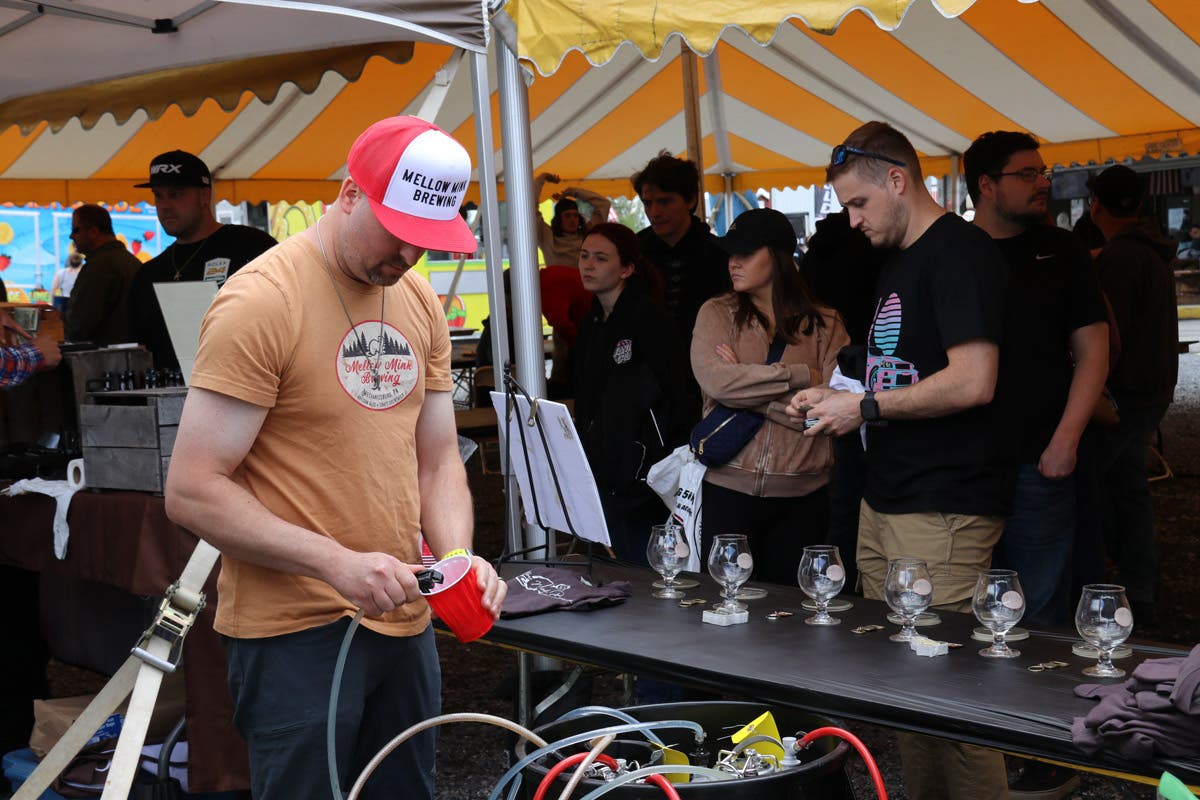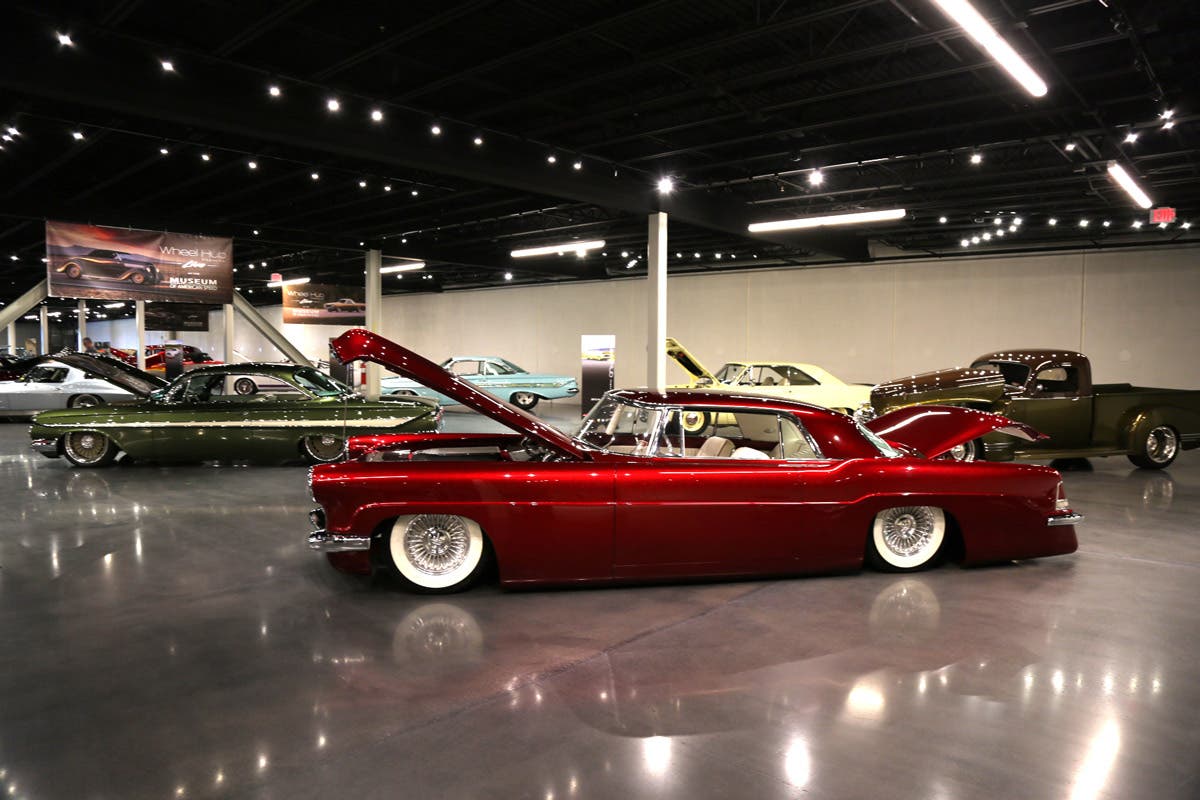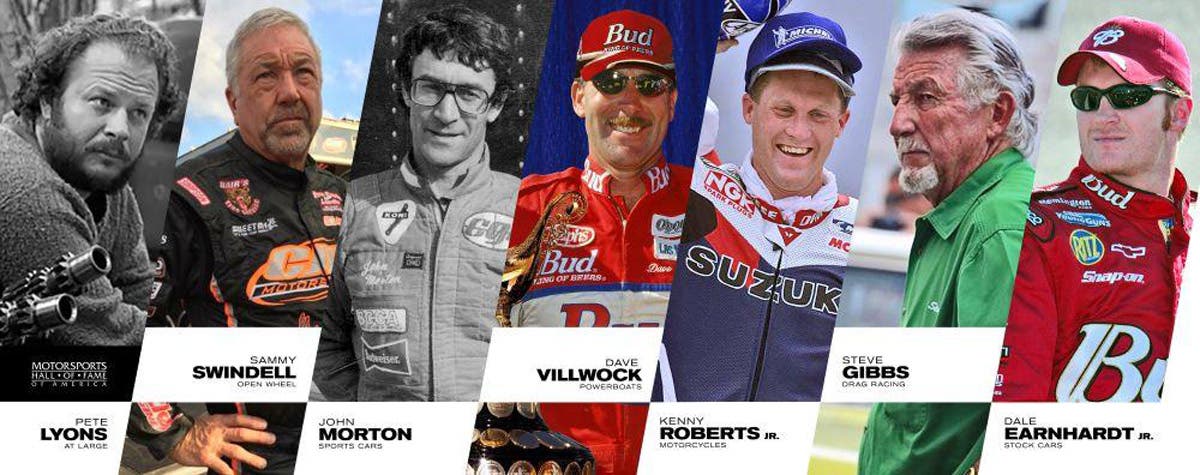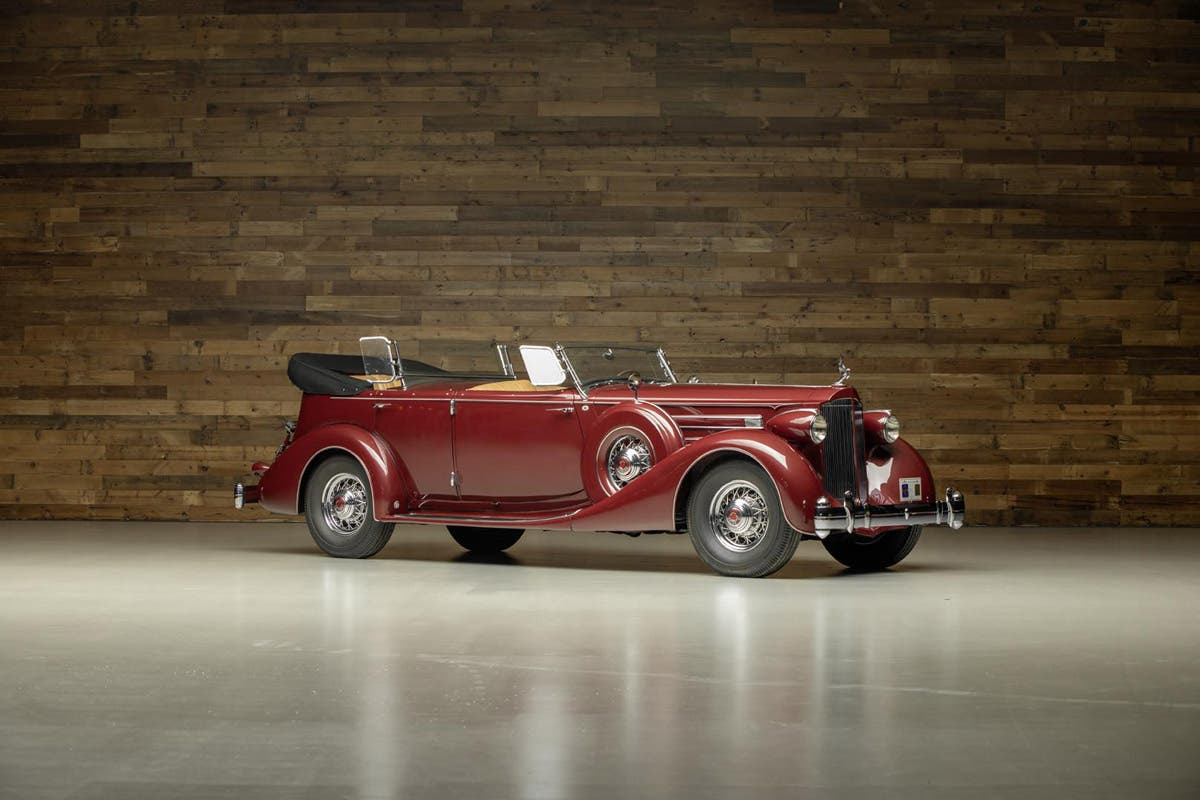1939 GM Futurliner earns historic vehicle honors
A 1939 GM Futurliner owned by the National Auto & Truck Museum is joining the new National Historic Vehicle Register.
AUBURN, Ind. – A 1939 GM Futurliner owned by the National Auto & Truck Museum is joining the new National Historic Vehicle Register.
The giant, bus-like vehicle already is in the nation's capital awaiting its appearance at the Washington Auto Show, Jan. 23 -Feb. 1. Later, it will take part with other vehicles on the register in a Cars at the Capital display May 3 and 4, 2015, on the National Mall in Washington, D.C. When its D.C. tour is through, the vehicle will return home next spring for its first display inside the Auburn museum. Until a recent remodeling, the Futurliner was too big to fit through the museum's doors.
Car collector Joe Bortz of Chicago donated the Futurliner to the museum in 1992. In 1998, a group of volunteers from Michigan began a seven-year effort to restore the vehicle.
In return for their work, the museum allows the volunteers to exhibit the Futurliner at car shows across the nation in warm-weather months. Until now, the Futurliner has taken up residence for the winters in museums across the region.
General Motors built the museum's Futurliner and 11 more like it for touring exhibits. They traveled the nation in a caravan during 1940 and again from 1953-56, carrying displays of futuristic marvels such as microwave ovens and stereophonic sound.
Each Futurliner is 33 feet long, 8 feet wide, more than 11 feet tall and weighs more than 12 tons. Only nine Futurliners remain, and five are reported to be in total disrepair. The Auburn museum's No. 10 Futurliner has been on public display more than any of the others.
Only a few vehicles have been selected for the new National Historic Vehicle Register since a January announcement of a 1964 Shelby Cobra Daytona Coupe as the first choice. Since then, publicly announced selections include a 1947 Tucker "48'' prototype, a 1964 Meyers Manx dune buggy, and a 1938 Maserati 8TCF "Boyle Special'' that won the 1939 and 1940 Indianapolis 500 races.
The Historic Vehicle Association created the register in a project with the U.S. Department of the Interior. A vehicle chosen for the register must meet at least one of four standards:
- ties to an important event in automotive or American history;
- ties to significant people in automotive or American history;
- distinctive design, engineering, craftsmanship or aesthetic value; or
- a vehicle that was the first or last of its type produced, has rarity as a survivor of its type, or is among the most well-preserved or thoughtfully restored surviving examples.








